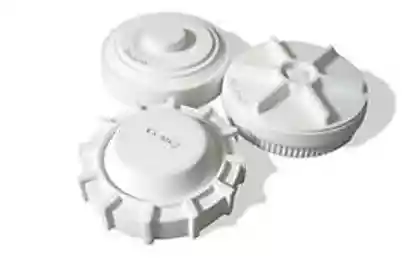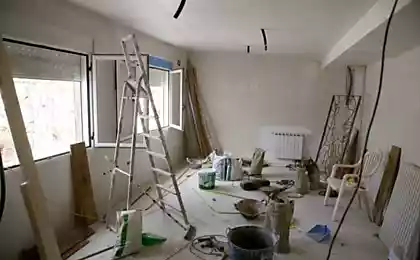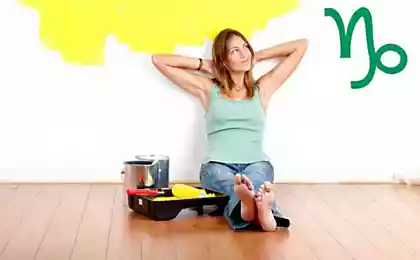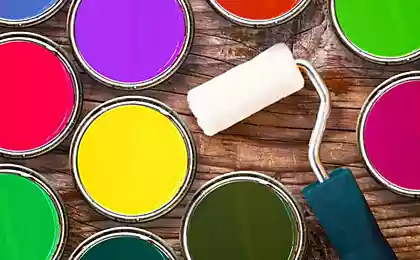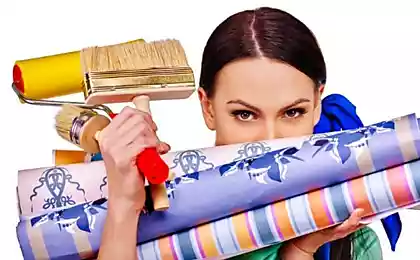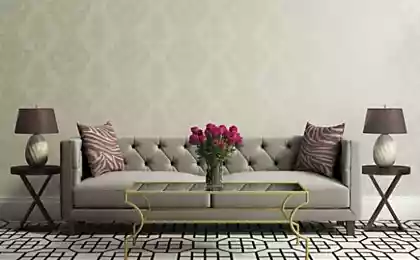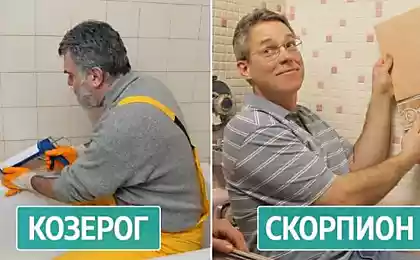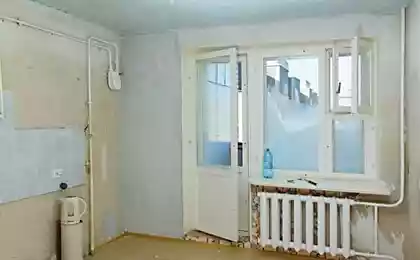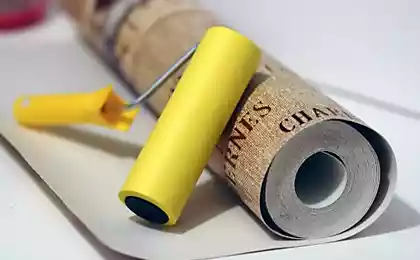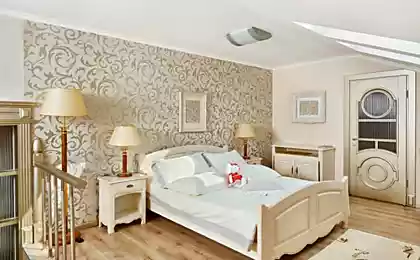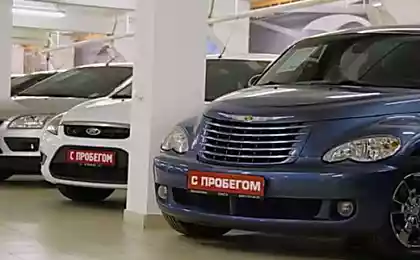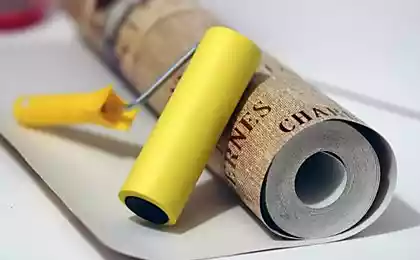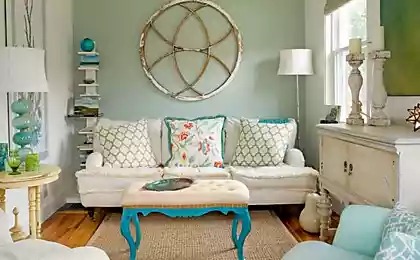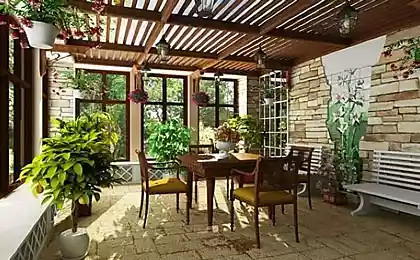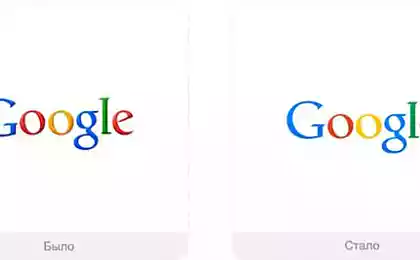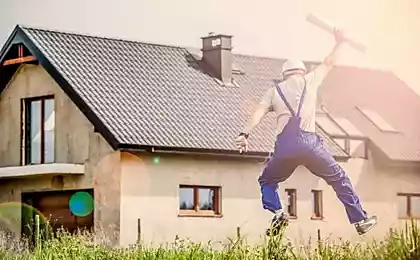189
Is it possible to use wallpaper as a floor covering?
Starting repairs, we sooner or later face the need to choose the method of finishing the floor. There are so many people, so many opinions: for someone it is enough that the floor is comfortable and even, others attach great importance to durability, and for others, ease of installation and an affordable price are important.
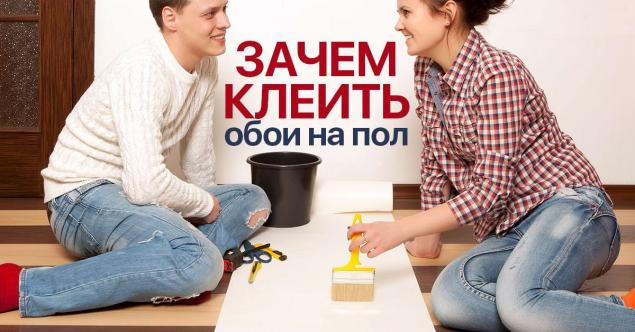
What is the best way to choose a floor covering?? To our usual list of linoleum, carpet, ceramic tiles, parquet and laminate has recently added a new candidate.

It turns out that ordinary paper wallpaper, which is customary to glue on the walls, can magically transform the floor in your apartment. What it takes, he knows. "Site".
In many old houses, there are still floors from the fiberboard. On top they are covered with ordinary paint, and over time acquire not very presentable appearance. Wallpaper is the cheapest, but at the same time quite durable and aesthetic way to update this floor.
What to consider
For the transformation of old floors, wallpaper that have a paper basis is better suited. Flyseline wallpaper should not be glued to the floor. They do not let air pass, and in addition, they can peel off over time, which is unlikely to please the owners.
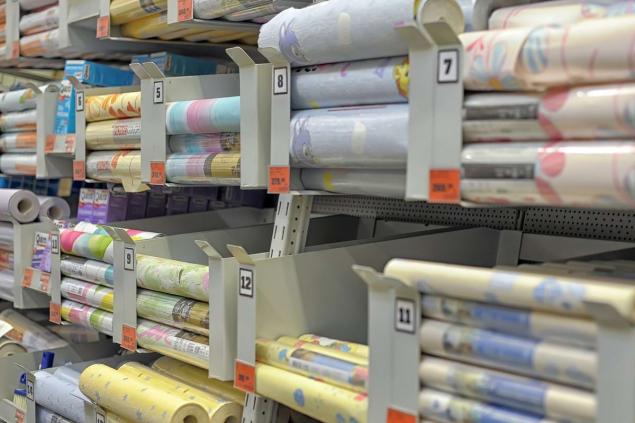
The choice of wallpaper pattern is made based on the conditions in the apartment. For dark rooms are better suited wallpaper light colors. Dark wallpaper should be used only in rooms with good lighting. Very popular are traditionally wallpaper with a pattern under a tree, under parquet, with various 3D drawings.
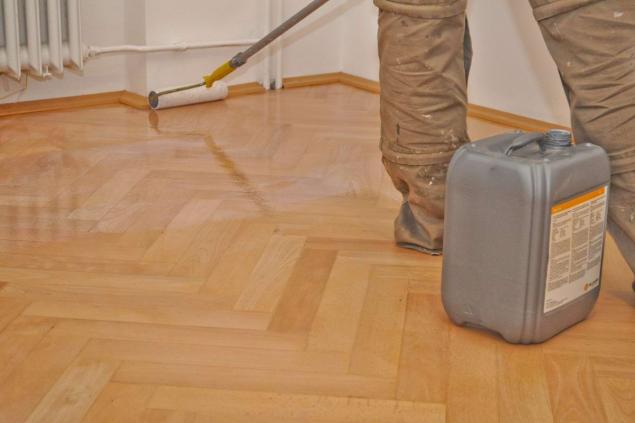
To keep the wallpaper better, it is important to choose the right adhesive. In our case, we recommend using PVA glue diluted with water in a ratio of 1 to 2. It is best to cover the floor with water-based parquet varnish. This composition dries very quickly and creates a dense water-repellent film.

Procedure for gluing
The main advantages of covering the floor with wallpaper include environmental friendliness, relatively low cost, durability and aesthetic appeal. Along with this, the process has its disadvantages. Leveling the floor and drying all layers of varnish take a lot of time, missed defects of the floor can negate the entire impression of the work.

What is the best way to choose a floor covering?? To our usual list of linoleum, carpet, ceramic tiles, parquet and laminate has recently added a new candidate.

It turns out that ordinary paper wallpaper, which is customary to glue on the walls, can magically transform the floor in your apartment. What it takes, he knows. "Site".
In many old houses, there are still floors from the fiberboard. On top they are covered with ordinary paint, and over time acquire not very presentable appearance. Wallpaper is the cheapest, but at the same time quite durable and aesthetic way to update this floor.
What to consider
- The basis for the wallpaper gluing should be very smooth, since their thickness is small, and against this background all irregularities will clearly be visible.
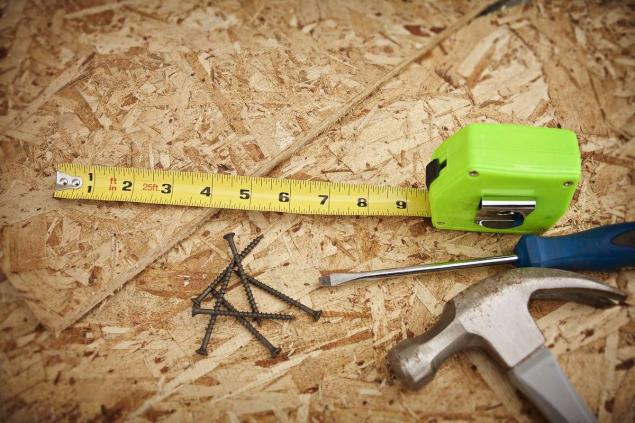
- Repair costs will include the cost of wallpaper and varnish. It should be borne in mind that the cost of varnish can significantly exceed the price of the wallpaper itself.
- Some operations will need to be performed quickly and accurately, so it is advisable to invite assistants.
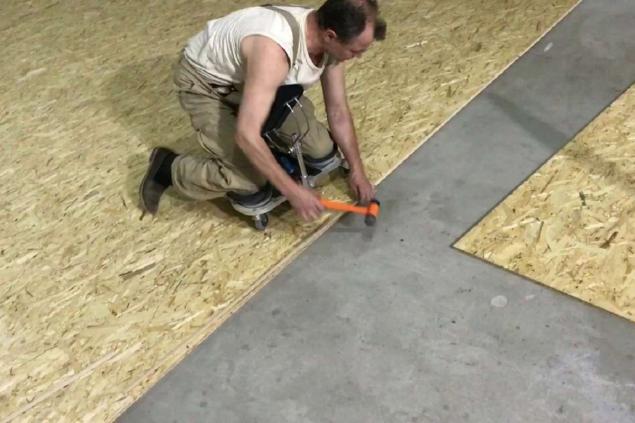
- On the floor covered with wallpaper, every 2-3 years you will need to apply a new layer of varnish. This will allow you to maintain a decent type of coverage.
For the transformation of old floors, wallpaper that have a paper basis is better suited. Flyseline wallpaper should not be glued to the floor. They do not let air pass, and in addition, they can peel off over time, which is unlikely to please the owners.

The choice of wallpaper pattern is made based on the conditions in the apartment. For dark rooms are better suited wallpaper light colors. Dark wallpaper should be used only in rooms with good lighting. Very popular are traditionally wallpaper with a pattern under a tree, under parquet, with various 3D drawings.

To keep the wallpaper better, it is important to choose the right adhesive. In our case, we recommend using PVA glue diluted with water in a ratio of 1 to 2. It is best to cover the floor with water-based parquet varnish. This composition dries very quickly and creates a dense water-repellent film.

Procedure for gluing
- Gender training
Remove all things and furniture from the room. Then remove the plinth. It is important to have a perfectly flat base. The best option here will be thick plywood, fiberboard plates or chipboard. In the old coating, damaged moisture and deformed parts should be replaced.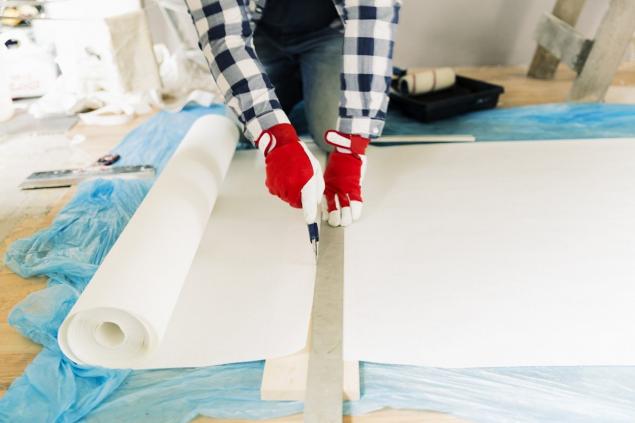
All grooves, gaps and irregularities must be leveled with putty on wood. It is not necessary to put wallpaper on the boardwalk, the surface of the wallpaper will never be perfectly flat, and after the end of the work, the seams between the floorboards will stand out very much.
You can additionally treat the floor surface with a primer composition with antiseptic additives. This will protect the base from mold and improve glue adhesion. - Wallpaper sticker
Cut the material into strips of the desired length and width. Make small omissions.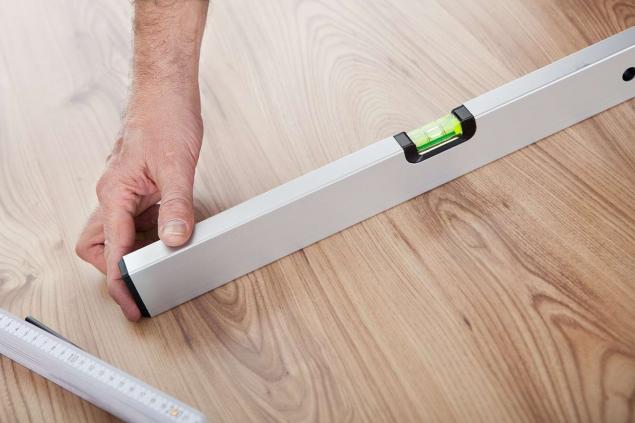
- Grease the top of the wallpaper with varnish. Acrylic water-dispersion varnish dries quickly, is not toxic, does not cause allergic reactions in people and pets. Covering them. wallpaperLeave them to dry for a few hours.
- Dissolve in water and mix the right amount of glue thoroughly. Make sure there are no lumps left. Apply the adhesive compound to the floor and back of the wallpaper.
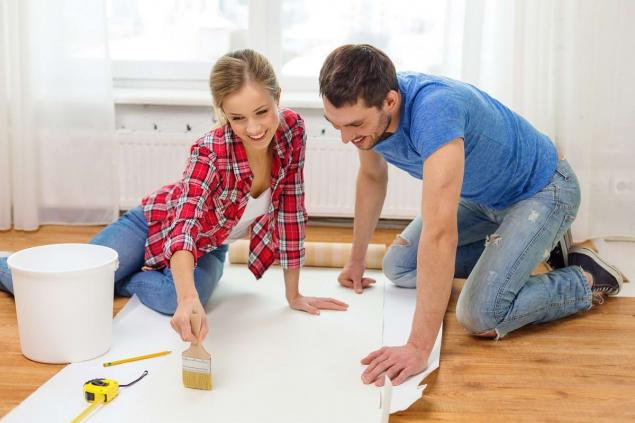
- Place pieces of wallpaper on top of the glue, connecting them in such a way that the parts of the picture dock, forming a single whole.
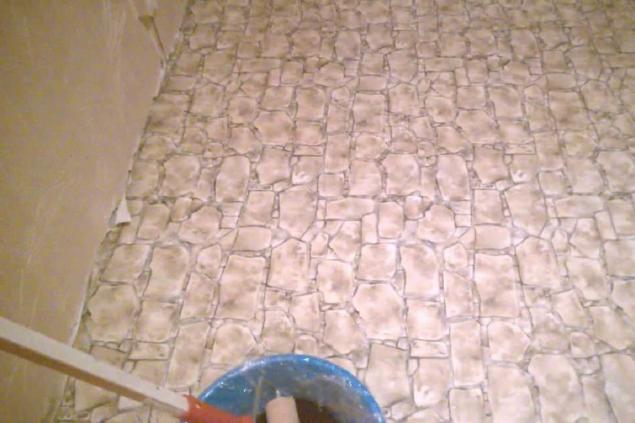
- Line the pasted wallpaper with a dry cloth, driving the air towards the joints.
- The last stage is covering the surface with parquet varnish. It is recommended to treat the floor with varnish several times, waiting for the previous layer to dry completely.
The main advantages of covering the floor with wallpaper include environmental friendliness, relatively low cost, durability and aesthetic appeal. Along with this, the process has its disadvantages. Leveling the floor and drying all layers of varnish take a lot of time, missed defects of the floor can negate the entire impression of the work.






